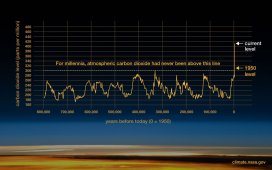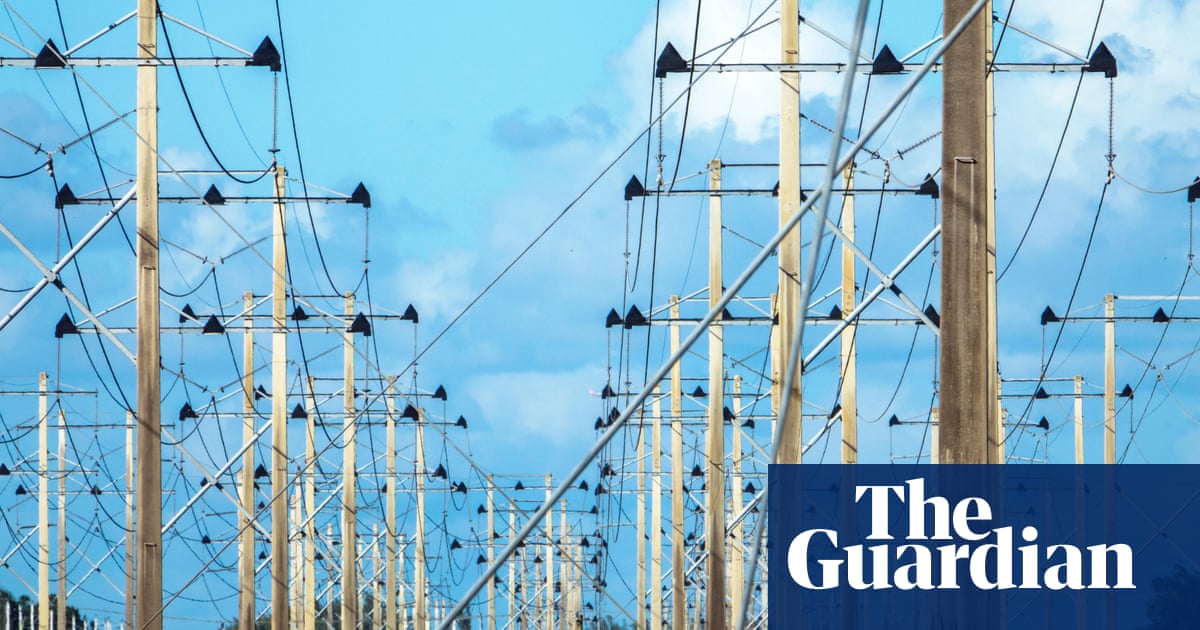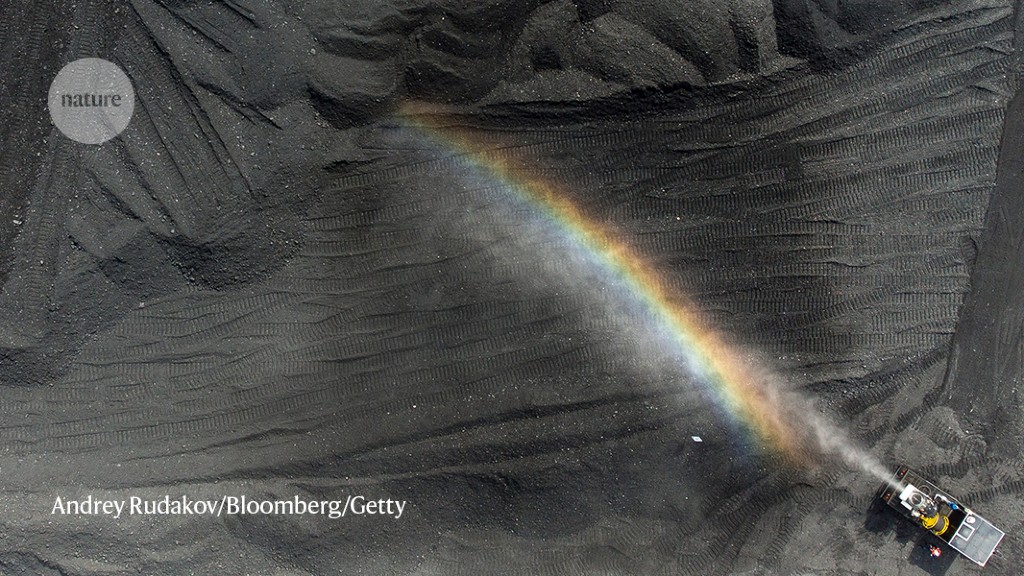labeeman
Solar Enthusiast
Thank you as I will not be going there.Since this thread has now thoroughly derailed, I'm moving it to chit-chat.
Thank you as I will not be going there.Since this thread has now thoroughly derailed, I'm moving it to chit-chat.
There is a hydro storage plant, was supposed to hold surplus night time production of two turbines of Diablo Canyon.In California we are paying other states to "take our energy" during spring and autumn.
I still think building artificial lakes along the coast, fill those with seawater during surplus of energy during the day and reverse use them at night to generate power is the way to go.
We can easily build more PV in the desert and use that to fill those lakes.
It is a good read,

California governor floats 5-GW, $5.2B 'reliability reserve' amid possible electricity shortfalls
“We also need to be mindful [that] we need to accelerate projects, particularly because we have been changing our modeling and we are now recognizing some new factors and challenges,” Newsom said Friday.www.utilitydive.com
The introduction from the people who send things to space, landed on the moon etc says it all:
There is a hydro storage plant, was supposed to hold surplus night time production of two turbines of Diablo Canyon.
Which direction is that plant operating while we pay other states to take our surplus PV?

compressed air
is currently slated to come online in 2026 and 2027
From the article:"NASA:
There is unequivocal evidence that Earth is warming at an unprecedented rate. Human activity is the principal cause."
"Rate", they say. Of course, measurement of temperature today is done with a different instrument from how we measure what temperature was thousands of years ago. Forgive me if I at least ask if we are sure the measurements can be compared.
Ice cores drawn from Greenland, Antarctica, and tropical mountain glaciers show that Earth’s climate responds to changes in greenhouse gas levels. Ancient evidence can also be found in tree rings, ocean sediments, coral reefs, and layers of sedimentary rocks. This ancient, or paleoclimate, evidence reveals that current warming is occurring roughly 10 times faster than the average rate of warming after an ice age. Carbon dioxide from human activities is increasing about 250 times faster than it did from natural sources after the last Ice Age.

The amount of temperature change, and the amount of sea level rise, which is attributed to and projected to be from humans is small compared to prior geological events we had nothing to do with.

I could not read all the posts but I do like you approached this topic. My views and opinions on this can be summarized with one single word: Degrowth.Admin pls check this I want to adhere to rules.
BUT. Has anyone else realized how far we are away from running society on wind and solar? We are here in this group talking about how to squeeze out a few watts to add a refrigerator to a 5kw - 20kw home system, and we, as a nation (US), are being told that we can go green in time to not crash and burn even if “they” cut off fossil fuels. I get that the average joe/josephene doesn’t know that hooking up a tesla car to your rig is like adding a second battery bank that must be charged from the same hours of sunlight that couldn’t quite keep your home as well powered as by utility power...... I was thinking that since we solar peeps know a little more we could educate our friends before it gets to be too late. I think we‘ re years away yet from being fossil fuel independent, yet still functional. as great as that will be someday. Any Thoughts?
If I did my math correctly that is $1,040 per kW of generating capacity. You can't build a solar system for that price so much of it must be subsidies to stimulate capacity growith. And some of it could be going to demand management programs. I used to belong to a Grid Savvy program that gave me a credit of $5 a month to let them turn off my charging station. The irony is that it was most likely that they would need to do that between 5 and 9PM when the grid is stressed and there was no way I was going to be charging my EVs during that peak rate time frame.$5.2 billion for 5000 MW

I like your position as it appears. I do though fear that there are forces pushing way way way too fast to get to the place you describe. Progress takes time. I do hope we can take time to do it right and at a good efficient pace.I could not read all the posts but I do like you approached this topic. My views and opinions on this can be summarized with one single word: Degrowth.
I think that green transition is crucial for preservation of our future, but another more crucial step is consumption reduction; not 10%, nor 20%, but like 80%. The positive side of this story is that we, households, accounting for 15% of global consumption, don't need to go that far, for us 50% should do. The heavy consumption is found at the industries.
My expectations/requirements for future:
Solar/Wind/Renewables = Deliver 70% of our consumption.
Human energy = It is reintroduced in many contexts.
Batteries (either chemical or natural) = Increase grid efficiency.
Non-renewables (Coal/Nuclear/Gas) = Necessary while we do the transition and necessary to help stabilizing the grid given the nature of renewables variability.
All kind of stories about bioethanol, hydrogen, efuels, micro nuclear,... I find them incomplete; either because they have an energy factor below 1 (more than 1kWh energy required to produce 1kWh energy), because they rely on finite resources (eg. uranium) or because they can't be used as needed (eg. hydrogen storage).
I think our stake as solar enthusiasts, before designing and placing an installation, is to look into which consumptions we can reduce. Sometimes we have significant consumptions we could avoid with an effort smaller than expected (eg. stand-by consumption of appliances; solution = plug with switch or timer). When we reduce consumptions and require one panel less, this panel is placed elsewhere. That is very helpful taking into account that solar panels use rare metals like silver and can not be easily recycled. Also think that some solar scientists claim the power factor of solar panels not being used optimally (wrong angle, unfavorable weather,...) could be very close to 1 actually instead of 2-3. So we should not rely solely on solar and approach more the consumption side at least before we improve this energy factor.
Some articles state we need around 20.000 kWh per year, per person, to lead a decent life. Like 25% of what we use nowadays. This is super complicate to determine because most consumptions happen outside of our area of control (eg. through the food we buy). But within our limits we could do better.
- 600kWh electricity at home per year (1 person)
- 300m3 gas per year (1 person in north european country) = 2.930 kWh
- 5.000km car traveling (1 person alone) = 2.000 kWh
- Flying for holidays (commercial flight) = 40kWh per 100km
And when we add a person most values do not double!!Meeting the budget becomes much easier.
There is a chance however that in 2050 or later we have some breakthrough with all this nuclear technologies we're researching. But will there be enough copper and rare metals in the world to cope with that?
Hello Kanelr, I am happy to see you have some interest in my say which at the end is a superficial opinion. I am interested on understanding more about the forces that push the change too fast. Can you please explain me a bit more?I like your position as it appears. I do though fear that there are forces pushing way way way too fast to get to the place you describe. Progress takes time. I do hope we can take time to do it right and at a good efficient pace.
There must be something that can be done because I haven't heard of the northern tier having their gas lines freeze upIt is almost impossible to dry gas below 10° dewpoint and cost prohibitive.
Did you know that most thermometers use volume as a proxy for temperature? Volume! That's not even close to being a direct measure of temperature! And to think that so many people rely on that kind of nonsensical guesswork! And then they go and try to back it up by saying that they've got this new method that uses light - ANOTHER proxy, mind you - to say that the old one worked! It's all a giant stack of cards waiting to fall over, mark my words."Rate", they say. Of course, measurement of temperature today is done with a different instrument from how we measure what temperature was thousands of years ago. Forgive me if I at least ask if we are sure the measurements can be compared.


Did you know that most thermometers use volume as a proxy for temperature? Volume! That's not even close to being a direct measure of temperature! And to think that so many people rely on that kind of nonsensical guesswork! And then they go and try to back it up by saying that they've got this new method that uses light - ANOTHER proxy, mind you - to say that the old one worked! It's all a giant stack of cards waiting to fall over, mark my words.
Prehistoric temperature readings were made by CO2 in ice cores

Dude 3 mile island was built in 1968.Those can be the absolute dirtiest energy producers in the world and this has happened several times already Think three mile island. NO THANK YOU TO NUCLEAR.
What do you think will happen when a Chinese missile hits one DUDE?Dude 3 mile island was built in 1968.
I think we can do a little better today.
The Navy has been using reactors on every ship built for 40 years and no problems.
The same thing that would happen if you hit one of theirs. What’s your point?What do you think will happen when a Chinese missile hits one DUDE?


